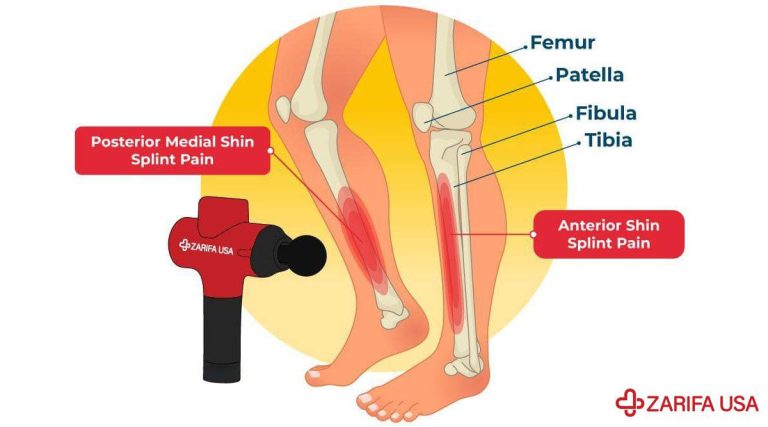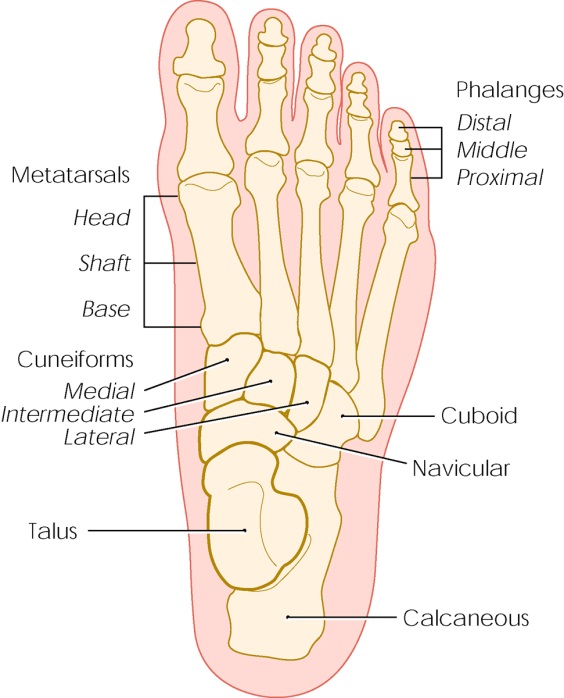How do Marathon Events Contribute to Tourism?
Marathon events stand as vibrant celebrations of human endurance, determination, and community spirit, transcending mere races to become catalysts for tourism growth and development. Across the globe, cities host marathons that attract participants and spectators from near and far, injecting vitality into local economies and showcasing the unique cultural fabric of each destination.
From iconic urban landscapes to scenic natural wonders, marathon routes traverse diverse terrains, offering participants and spectators a dynamic journey through history, culture, and tradition. In this article, we delve into the transformative power of marathon events, exploring 10 compelling ways in which they contribute to the tourism sector and leave an indelible mark on host cities.
How do Marathon Events Contribute to Tourism?
Marathon events have the potential to boost the tourism sector in various ways significantly. Here are 15 ways in which marathon events contribute to tourism development, with examples from a Bangladeshi perspective:
Destination Promotion:
Marathon events showcase the host city or region to participants and spectators from around the world. Tourists visiting for the marathon may explore other attractions, boosting tourism revenue. For example, the Cox’s Bazar Marathon in Bangladesh promotes tourism in the coastal area, encouraging participants to explore the world’s longest natural sea beach.
Hotel Occupancy:
Marathon events often attract a large number of participants and spectators, leading to increased demand for accommodation. Hotels and guesthouses in the host city benefit from higher occupancy rates before, during, and after the event. For instance, during the Dhaka Marathon, hotels in the capital city experience a surge in bookings from participants and their supporters.
Local Business Revenue:
Marathon events stimulate economic activity in the host city by generating revenue for local businesses such as restaurants, cafes, shops, and transportation services. These businesses cater to the needs of participants and spectators, contributing to the local economy. For example, restaurants and food vendors near marathon routes in cities like Chattogram experience increased sales during the Chattogram City Half Marathon.
Cultural Exchange:
Marathon events provide opportunities for cultural exchange between participants and local communities. Visitors often engage with local customs, traditions, and cuisine, enhancing their overall experience and fostering cultural understanding. For instance, international participants in the Dhaka International Marathon may explore Bangladeshi culture through pre-race events and post-race festivities.
Infrastructure Development:
Hosting marathon events can catalyze infrastructure development in the host city. Investments in roads, public transportation, and recreational facilities not only enhance the event experience but also benefit residents and future tourists. The organization of the Sylhet 25K Marathon may prompt improvements in infrastructure around the Sylhet International Cricket Stadium, benefiting both residents and visitors.
Health and Wellness Tourism:
Marathon events promote health and wellness tourism by attracting participants who seek active and adventurous experiences. Health-conscious travelers may visit the host city to participate in the marathon and explore wellness-oriented activities such as yoga retreats or spa treatments. The Uttara10K Marathon in Dhaka may attract health-conscious tourists interested in participating in the event and exploring wellness offerings in the city.
Community Engagement:
Marathon events foster community engagement and volunteerism, with local residents participating as volunteers, spectators, or supporters. The sense of camaraderie and collective participation enhances the event atmosphere and encourages repeat visits from participants and spectators alike. The involvement of local communities in organizing the Raipura Marathon strengthens community ties and promotes a sense of pride in the host city.
Media Exposure:
Marathon events receive significant media coverage, both locally and internationally. The extensive media exposure highlights the host city’s attractions, landmarks, and hospitality, attracting attention from potential tourists. Coverage of the Shamshernagar Ultra Trail Marathon in national and international media outlets may pique interest in the scenic beauty of the tea gardens and trails in the region.
Environmental Conservation:
Marathon events often emphasize environmental sustainability and conservation efforts. Organizers may promote eco-friendly practices such as waste reduction, recycling, and tree planting, contributing to the preservation of natural resources and ecotourism initiatives. The Shamshernagar Ultra Trail Marathon may incorporate environmental conservation activities such as trail clean-ups and tree plantation drives, promoting responsible tourism practices.
Sporting Tourism Hub:
Hosting marathon events positions the host city as a sporting tourism hub, attracting athletes and enthusiasts from diverse backgrounds. The development of world-class sporting facilities and the hosting of prestigious events enhance the city’s reputation as a destination for sports tourism. Dhaka’s hosting of the Elite Marathon Cox’s Bazar solidifies its status as a premier destination for marathon runners and sporting enthusiasts alike.
Volunteer Tourism Opportunities:
Marathon events create opportunities for volunteer tourism, where individuals travel to the host city to participate as volunteers in event organization, support, and logistics. This form of tourism allows volunteers to engage directly with the local community, contribute to the success of the event, and experience the destination from a unique perspective. For example, international volunteers may travel to Bangladesh to support the organization of major marathons like the Dhaka Marathon, contributing to cultural exchange and local development.
Legacy Projects:
Marathon events often leave a lasting legacy through community projects and initiatives aimed at benefiting the host city or region beyond the event itself. Organizers may invest in legacy projects such as sports facilities, youth development programs, or educational initiatives, which continue to enhance the destination’s appeal and tourism infrastructure long after the event concludes. For instance, proceeds from the Chattogram City Half Marathon may fund community sports programs or facilities, leaving a positive legacy for residents and future visitors.
Educational Tourism:
Marathon events offer educational tourism opportunities for participants and spectators interested in learning about the host city’s history, culture, and heritage. Organizers may incorporate educational components such as guided city tours, cultural workshops, or historical lectures into the event schedule, providing participants with enriching experiences and insights into the destination. Tourists visiting Bangladesh for marathon events like the Shamshernagar Ultra Trail Marathon may engage in educational activities related to the region’s tea cultivation history and indigenous culture, enhancing their overall tourism experience.
Promotion of Sustainable Tourism Practices:
Marathon events serve as platforms for promoting sustainable tourism practices and environmental conservation efforts. Organizers may implement green initiatives such as carbon offset programs, eco-friendly transportation options, and partnerships with local conservation organizations to minimize the event’s environmental footprint and raise awareness about sustainability issues. Marathon participants and spectators are encouraged to adopt sustainable travel behaviors, supporting the host city’s efforts to become a more eco-conscious tourism destination. For example, the Raipura Marathon may partner with environmental NGOs to promote waste reduction and recycling initiatives, encouraging responsible tourism practices among participants and the local community.
Culinary Tourism:
Marathon events provide opportunities for culinary tourism, allowing participants and spectators to explore the host city’s culinary scene and taste local specialties. Food festivals, street food markets, and gastronomic tours may be organized in conjunction with the marathon, showcasing the diversity of regional cuisines and culinary traditions. Tourists visiting Bangladesh for marathons like the Sylhet 25K Marathon may savor traditional Sylheti dishes and delicacies, enhancing their cultural immersion and culinary experiences during their stay.
Conclusion:
In conclusion, marathon events emerge as dynamic drivers of tourism sector growth, weaving together the threads of sport, culture, and community to create unforgettable experiences for participants and spectators alike. From fostering economic prosperity and promoting cultural exchange to championing sustainability and leaving lasting legacies, marathons serve as powerful platforms for showcasing the best that a destination has to offer. As cities around the world continue to embrace the spirit of marathon running, they open their doors to a global audience, inviting travelers to lace up their shoes, join the race, and embark on a journey of discovery, resilience, and shared humanity.





